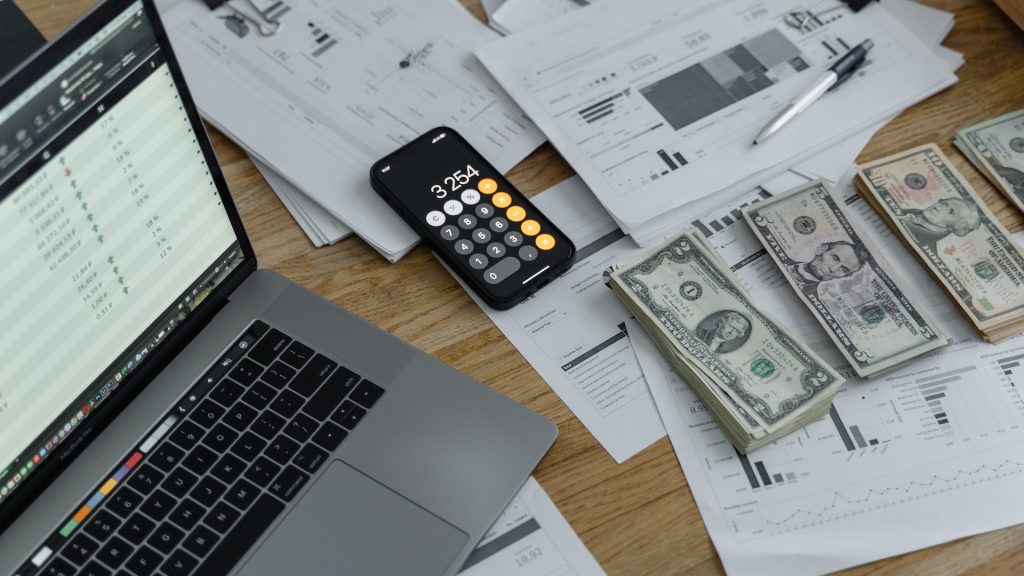
For many years, top-line metrics have been the cornerstone of hotel performance assessment, and RevPAR leadership seemed to be the holy grail of the industry.
NB: This is an article from HotStats
It is indisputable that revenue generation is a necessary variable for the health of any business, but it is in no way sufficient. Profitability is the end-goal, but contrary to what the top-line-focus narrative proposes, it’s not a byproduct of revenue.
Subscribe to our weekly newsletter and stay up to date
Revenue growth does not translate automatically into higher profits; a tight grip on costs is what will help the extra top-line dollars flow through optimally to the bottom line. Profitability doesn’t just happen: it is the result of purposeful actions within the context of a business strategy that involves both revenue and cost management.
Every dollar of revenue comes at a cost: labor, utilities, supplies, commissions, fees, maintenance, among many others. And even though this might seem an obvious statement, the answer to the question “How much does each dollar of revenue cost?” is anything but trivial. Even more importantly, the follow-up question: “Should each dollar of revenue cost as much as it does?”
Understanding the cost structure associated with an operation requires much more than just looking at occupancy, ADR and RevPAR. Just to name a few examples:
- What are the labor costs per occupied room for each functional area in the rooms department?
- How much does each occupied room cost in terms of cleaning supplies and amenities?
- How much does a hotel spend on travel agents and OTA commissions as a percentage of rooms revenue?
- What is the energy cost of the asset on a per-available-room basis?
- What is the gross operating profit per available room (GOPPAR)?
- What is the gross operating profit margin?
- What is the flow-through percentage?
Another key factor to consider is that cost structures are not monolithic, and they should change over time to reflect the dynamics of the industry. We all know that guest preferences and behaviors change over time: what they valued yesterday may not be what drives their booking decisions and loyalty today. This has been further exacerbated during and after the pandemic.
Costs should reflect these changes. Cost control is not a matter of blindly slashing budgets, but conscientiously analyzing data to find the optimal spending strategy that will deliver the greatest value both to guests and owners. There needs to be a reason behind every dollar that is spent, and the all too common “this has always been in our budget” explanation doesn’t cut it anymore.
To illustrate the value of looking beyond the rooms top line, let’s look at a hypothetical example:
The subject hotel is a 100-room property and its March 2023 results. Compared to the same month of the previous year, the subject hotel was able to increase its average daily rate from $313.40 to $338.50. Occupancy, on the other hand, dropped from 67% to 65%, but the overall effect on RevPAR was positive, growing from $210 to $220.
| March 2023 | March 2022 | Variance | |
| ADR | $338.50 | $313.40 | 8.0% |
| Occupancy % | 65% | 67% | -3.0% |
| RevPAR | $220.00 | $210.00 | 4.8% |
These rooms top-line results only show part of the story. First, the subject hotel has revenue streams other than rooms that are not contemplated in the three metrics above. To fully understand the top-line performance, we need to ask what the total revenue per available room (TRevPAR) was in the two time periods. It could be that rate increased because the customer segments staying at the hotel changed from the previous year. For example, decreasing business guests (who typically pay a lower rate) and increasing leisure individuals (who typically pay a higher rate). This change in demand segments can have a meaningful impact on the hotel’s TRevPAR: Do leisure guests spend the same, more, or less on the ancillary departments than business guests? If the difference is sufficiently material, the hotel could be in a position whereby RevPAR increases, but TRevPAR declines.
Second, ADR, occupancy percentage and RevPAR tell you nothing about the subject hotel’s expenses. Since the increase in RevPAR was driven by rate, one would think that, with other conditions remaining the same, the hotel has become more profitable. However, other conditions rarely remain the same in the hotel industry. For example, changes in the distribution strategy can create higher commissions costs that negatively impact flow through; the implementation of a “housekeeping on request” strategy can decrease cleaning costs and help grow profitability if the hotel faces longer lengths of stay; changes in sustainability initiatives can help drive utility costs down. Without further data, it is impossible to extrapolate the results experienced in RevPAR to consequences on profits.
The great thing about running a business in the 21st century is that there is more data to access. Not only are hoteliers able to track their own numbers, but they can also tap into benchmarking providers to help understand trends in the context of wider market data, while focused competitive sets can extract actionable insights every month.
Today, more than ever, hotel owners and managers need to remain flexible to deal with the fast-paced changes in the industry and quality data that shows both revenue and expenses is a fundamental input to make optimal decisions. Profit is not for the passive observers, but for the planners that have a thorough grasp on the numbers and the stories behind them.




